Complete List of the United Kingdom’s World Heritage Sites – With Beautiful Pictures in the U.K.
There are 25 UNESCO World Heritage Sites in the United Kingdom. The UNESCO list contains 17 designated properties in England, four in Scotland, three in Wales, one in Northern Ireland. The first sites in the U.K. to be inscribed on the World Heritage List were Giant’s Causeway and Causeway Coast; Durham Castle and Cathedral; Ironbridge Gorge; Studley Royal Park, including the Ruins of Fountains Abbey; Stonehenge, Avebury and Associated Sites; and the Castles and Town Walls of King Edward in Gwynedd in 1986. The latest site to be inscribed was Pontcysyllte Aqueduct and Canal in 2009.
Just what exactly is a UNESCO World Heritage Site? According to the Wikipedia:
A UNESCO World Heritage Site is a place (such as a forest, mountain, lake, desert, monument, building, complex, or city) that is listed by the UNESCO as of special cultural or physical significance. The list is maintained by the international World Heritage Programme administered by the UNESCO World Heritage Committee, composed of 21 state parties which are elected by their General Assembly. The program catalogues, names, and conserves sites of outstanding cultural or natural importance to the common heritage of humanity. Under certain conditions, listed sites can obtain funds from the World Heritage Fund. The programme was founded with the Convention Concerning the Protection of World Cultural and Natural Heritage, which was adopted by the General Conference of UNESCO on November 16, 1972. Since then, 186 state parties have ratified the convention.So let’s explore some of these fine attractions that Britain has to offer!
List of World Heritage Sites U.K.
Blaenavon Industrial Landscape
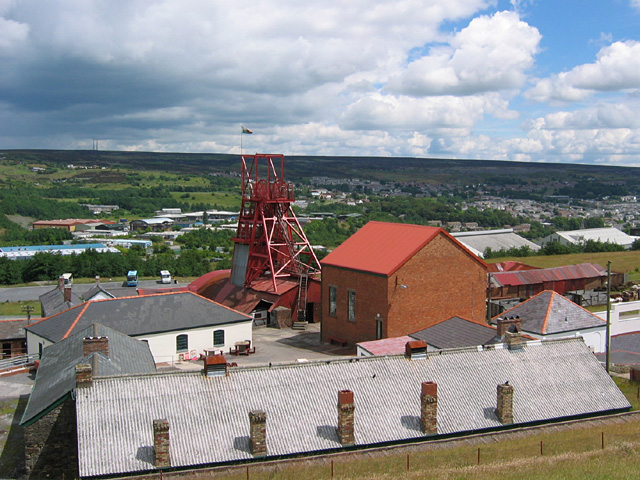
Blaenavon, Wales
In the 19th century, Wales was the world’s foremost producer of iron and coal. Blaenavon is an example of the landscape created by the industrial processes associated with the production of these materials. The site includes quarries, public buildings, workers’ housing, and a railway. The site features many museums, hands-on experiences, a Heritage Railway, and much more. Certainly a grand day out!
Official Blaenavon World Heritage Site Website
Blenheim Palace

Woodstock, Oxfordshire, England
Blenheim Palace, the residence of John Churchill, 1st Duke of Marlborough, was designed by architects John Vanbrugh and Nicholas Hawksmoor. The associated park was landscaped by Capability Brown. The palace celebrated victory over the French and is significant for establishing English Romantic Architecture as a separate entity from French Classical Architecture. In recent history, it’s most famous as being the place where Winston Churchill was born. Marlborough was greatly admired by Winston Churchill, who wrote a massive biography of the man.
Official Blenheim Palace Website
Canterbury Cathedral, St Augustine’s Abbey, and St Martin’s Church
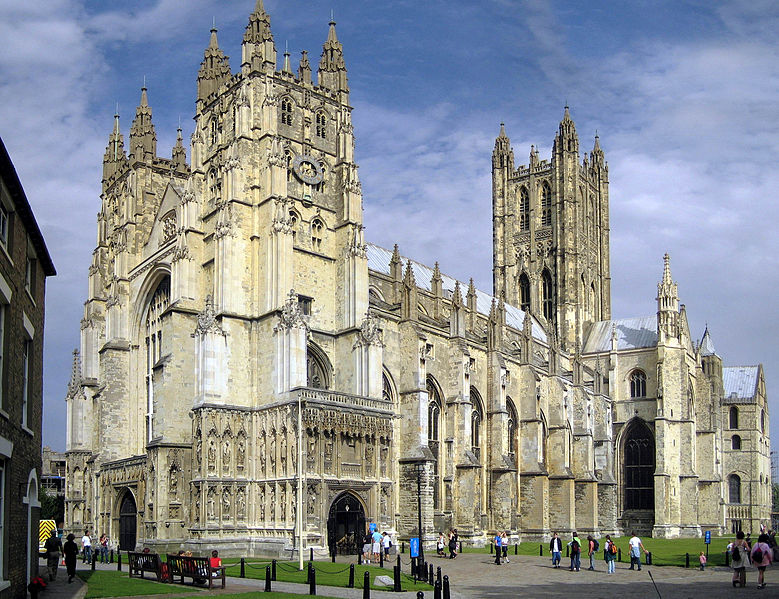
Canterbury, Kent, England
St Martin’s Church is the oldest church in England. The church and St Augustine’s Abbey were founded during the early stages of the introduction of Christianity to the Anglo-Saxons. The cathedral exhibits Romanesque and Gothic architecture, and is the seat of the Church of England. Canterbury is most famous in the modern memory as the destination for Chaucer’s travelers in the Canterbury Tales.
Official Canterbury World Heritage Site Website
Canterbury Tourism Website
Castles and Town Walls of King Edward in Gwynedd

Conwy, Isle of Anglesey and Gwynedd, Wales
During the reign of Edward I of England (1272–1307), a series of castles were constructed in Wales with the purpose of subduing the population and establishing English colonies in Wales. The World Heritage Site covers many castles including Beaumaris, Caernarfon, Conwy, and Harlech. The castles of Edward I are considered the pinnacle of military architecture by military historians.
Visit Wales Tourism Information
City of Bath
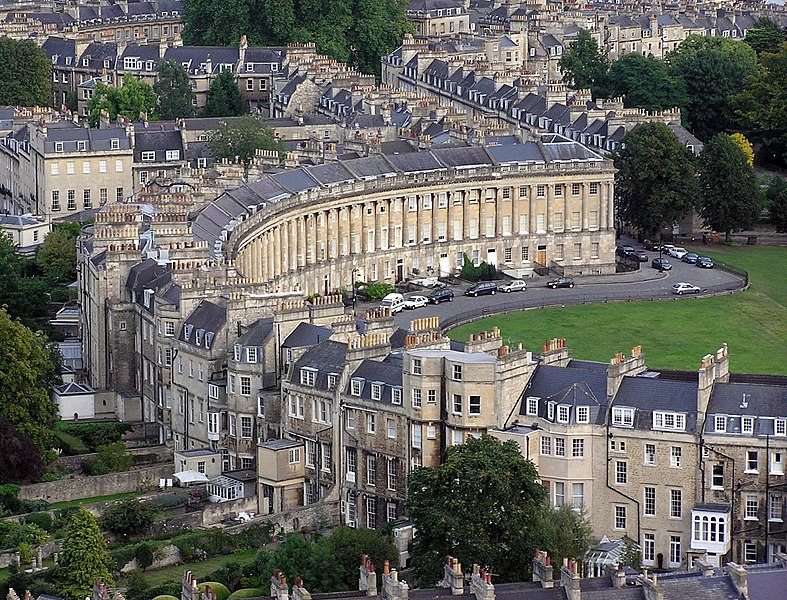
Bath, Somerset, England
Founded by the Romans as a spa, an important centre of the wool industry in the medieval period, and a spa town in the 18th century, Bath has a varied history. The city is well known for its preserved Roman remains and Palladian architecture.
Visit Bath Tourism Information
Cornwall and West Devon Mining Landscape

Cornwall and Devon, England
Tin and copper mining in Devon and Cornwall boomed in the 18th and 19th centuries, and at its peak the area produced two-thirds of the world’s copper. The techniques and technology involved in deep mining developed in Devon and Cornwall were used around the world.
Official Cornish Mining Heritage Website
Derwent Valley Mills

Derwent Valley, Derbyshire, England
The Derwent Valley Mills was the birthplace of the factory system. The innovations in the valley, including the development of workers’ housing – such as at Cromford – and machines such as the water frame, were important in the Industrial Revolution. The Derwent Valley Mills also heavily influenced North America and Europe during the Industrial revolution.
Official Website
Dorset and East Devon Coast – Jurassic Coast

Dorset and Devon, England
The cliffs that make up the Dorset and Devon coast are an important site for fossils and provide a continuous record of life on land and in the sea in the area since 185 million years ago. Dorset is also home to Thomas Hardy and his tales. The dramatic landscapes make it an excellent place to visit.
Official Jurassic Coast Website
Durham Castle and Cathedral

Durham, County Durham, England
Durham Cathedral is the “largest and finest” example of Norman architecture in England, and vaulting of the cathedral was part of the advent of Gothic architecture. The cathedral houses relics of St Cuthbert and Bede. The Norman castle was the residence of the Durham prince-bishops.
Official Website
Frontiers of the Roman Empire – Hadrian’s Wall

Northern England and southern Scotland
Hadrian’s Wall was built in 122 AD, and the Antonine Wall was constructed in 142 AD to defend the Roman Empire from “barbarians.” The World Heritage Site was previously listed as Hadrian’s Wall alone, but was later expanded to include all the frontiers of the Roman Empire at its zenith in the 2nd century, ranging from Antonine’s Wall in the north to Trajan’s Wall in eastern Europe.
Official Hadrian’s Wall Website
Giant’s Causeway and Causeway Coast
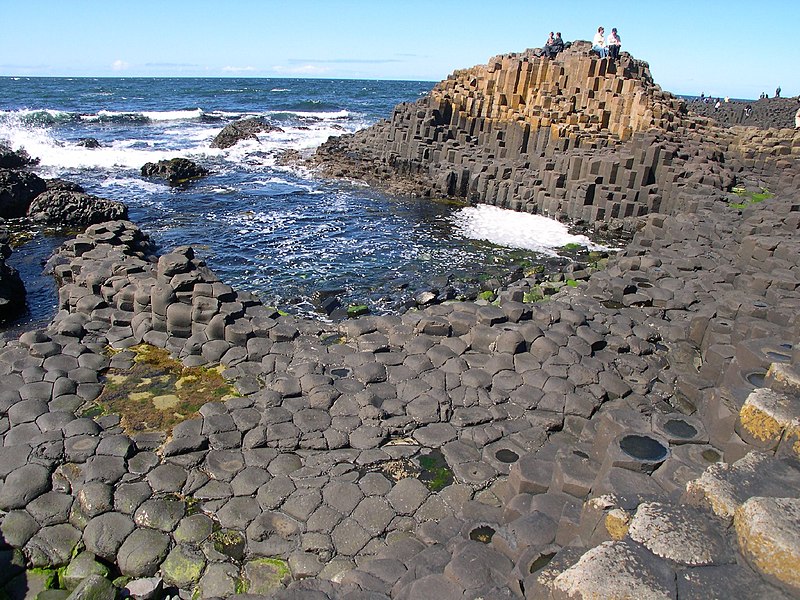
County Antrim, Northern Ireland
The causeway is made up of 40,000 basalt columns projecting out of the sea. It was created by volcanic activity in the Tertiary period. So-called the Giant’s Causeway, because legend has it an ancient warrior built it to enable him to walk to Scotland.
Official National Trust Website
Heart of Neolithic Orkney

Orkney, Scotland
A collection of Neolithic sites with purposes ranging from occupation to ceremony. It includes the settlement of Skara Brae, the chambered tomb of Maes Howe and the stone circles of Stenness and Brodgar.
Official Website
Ironbridge Gorge

Ironbridge, Shropshire, England
Ironbridge Gorge contains mines, factories, workers’ housing, and the transport infrastructure that was created in the gorge during the Industrial Revolution. The development of coke production in the area helped start the Industrial Revolution. The Iron Bridge was the world’s first bridge built from iron and was architecturally and technologically influential.
Official Ironbridge Gorge Website
Liverpool – Maritime Mercantile City

Liverpool, Merseyside, England
In the 18th and 19th centuries, Liverpool was one of the largest ports in the world. Its global connections helped sustain the British Empire. It was a major port involved in the slave trade until its abolition in 1807, and a departure point for emigrants to North America. The docks were the site of innovations in construction and dock management.
Official Visit Liverpool Website
Maritime Greenwich

Greenwich, London, Greater London, England
As well as the presence of the first example of Palladian architecture in England, and works by Christopher Wren and Inigo Jones, the area is significant for the Royal Observatory where the understanding of astronomy and navigation were developed.
National Maritime Museum Website
New Lanark

New Lanark, South Lanarkshire, Scotland
Prompted by Richard Arkwright’s factory system developed in the Derwent Valley, the community of New Lanark was created to provide housing for workers at the mills. Philanthropist Robert Owen bought the site and turned it into a model community, providing public facilities, education, and supporting factory reform.
Official Website
Old and New Towns of Edinburgh

Edinburgh, Scotland
The Old Town of Edinburgh was founded in the Middle Ages, and the New Town was developed in 1767–1890. It contrasts the layout of settlements in the medieval and modern periods. The layout and architecture of the new town, designed by luminaries such as William Chambers and William Playfair, influenced European urban design in the 18th and 19th centuries.
Official Visit Edinburgh Website
Pontcysyllte Aqueduct and Canal

Trevor, Wrexham, Wales and England
The aqueduct was built to carry the Ellesmere Canal over the Dee Valley. Completed during the Industrial Revolution and designed by Thomas Telford, the aqueduct made innovative use of cast and wrought iron, influencing civil engineering across the world.
Unofficial Website
Royal Botanical Gardens, Kew

Kew, Greater London, England
Created in 1759, the influential Kew Gardens were designed by Charles Bridgeman, William Kent, Capability Brown, and William Chambers. The gardens were used to study botany and ecology and furthered the understanding of the subjects.
Official Website
St Kilda

St Kilda, Scotland
Although inhabited for over 2,000 years, the isolated archipelago of St Kilda has had no permanent residents since 1930. The islands’ human heritage includes various unique architectural features from the historic and prehistoric periods. St Kilda is also a breeding ground for many important seabird species, including the world’s largest colony of gannets and up to 136,000 pairs of puffins.
Official Website
Saltaire

Saltaire, City of Bradford, West Yorkshire, England
Saltaire was founded by mill-owner Titus Salt as a model village for his workers. The site, which includes the Salts Mill, featured public buildings for the inhabitants and was an example of 19th century paternalism.
Official Website
Stonehenge, Avebury and Associated Sites

Wiltshire, England
The Neolithic sites of Avebury and Stonehenge are two of the largest and most famous megalithic monuments in the world. They relate to man’s interaction with his environment. The purpose of the henges has been a source of speculation, with suggestions ranging from ceremonial to interpreting the cosmos. “Associated sites” includes Silbury Hill, Beckhampton Avenue, and West Kennet Avenue.
Official Website
Studley Royal Park including the Ruins of Fountains Abbey

North Yorkshire, England
Before the Dissolution of the Monasteries in the mid-16th century, Fountains Abbey was one of the largest and richest Cistercian abbeys in Britain and is one of only a few that survives from the 12th century. The later garden, which incorporates the abbey, survives to a large extent in its original design and influenced garden design in Europe.
Official Website
Tower of London

Tower Hamlets, Greater London, England
Begun by William the Conqueror in 1066 during the Norman conquest of England, the Tower of London is a symbol of power and an example of Norman military architecture that spread across England. Additions by Henry III and Edward I in the 13th century made the castle one of the most influential buildings of its kind in England.
Official Website
Westminster Palace, Westminster Abbey and Saint Margaret’s Church
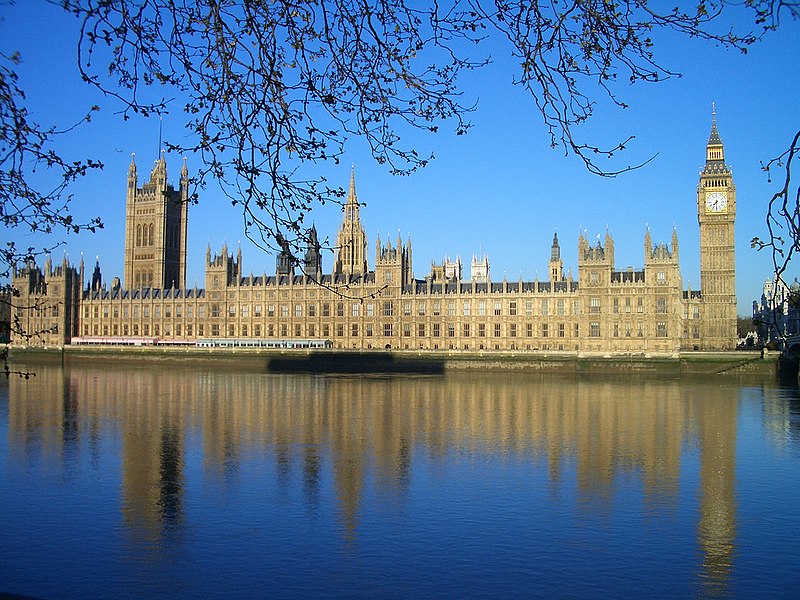
Westminster, Greater London, England
The site has been involved in the administration of England since the 11th century, and later the United Kingdom. Since the coronation of William the Conqueror, all English and British monarchs have been crowned at Westminster Abbey. Westminster Palace, home to the British Parliament, is an example of Gothic Revival architecture. St Margaret’s Church is the palace’s parish church, and although it pre-dates the palace and was built in the 11th century, it has been rebuilt since.
Visit London
http://www.anglotopia.net/
No comments:
Post a Comment